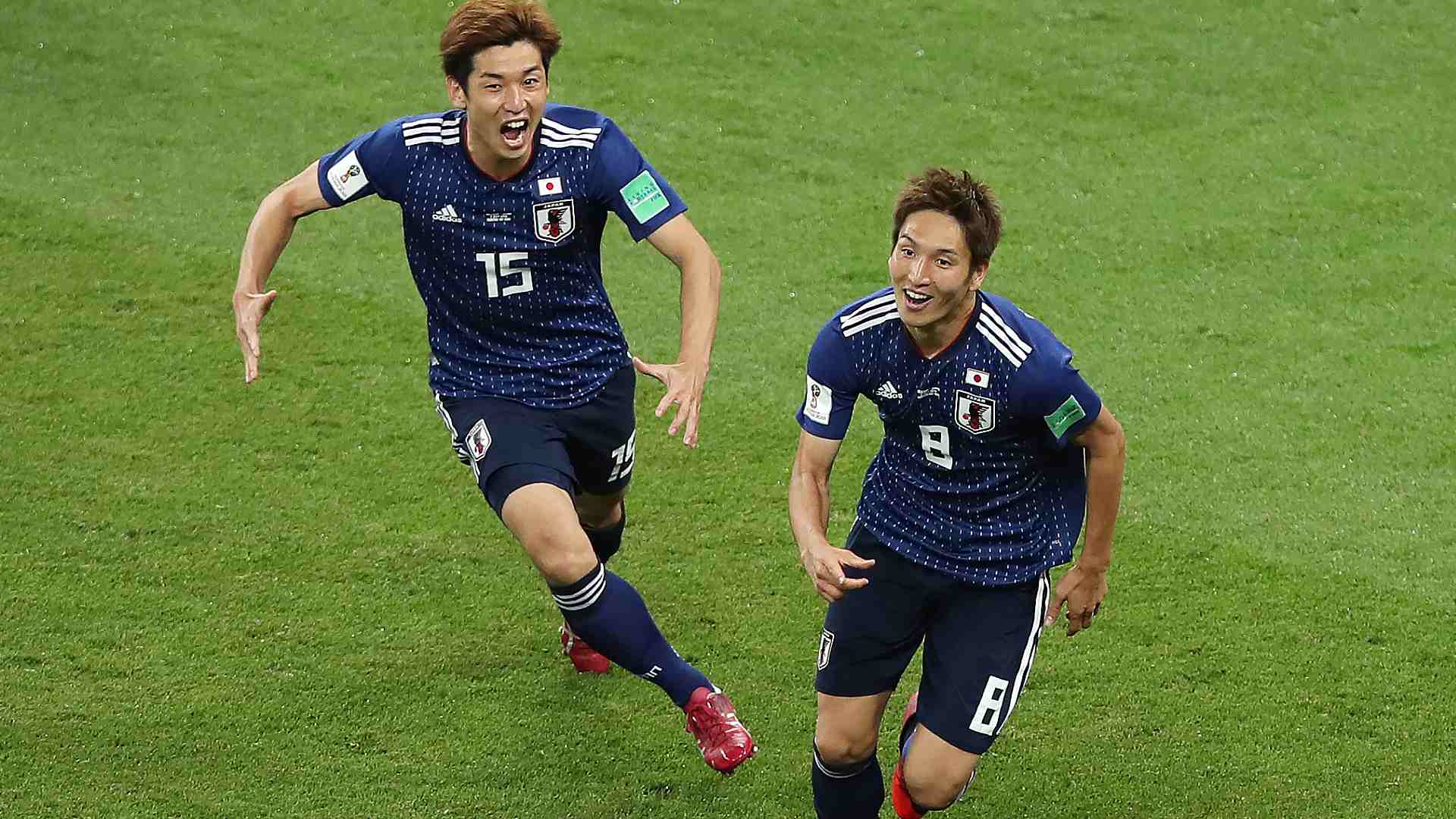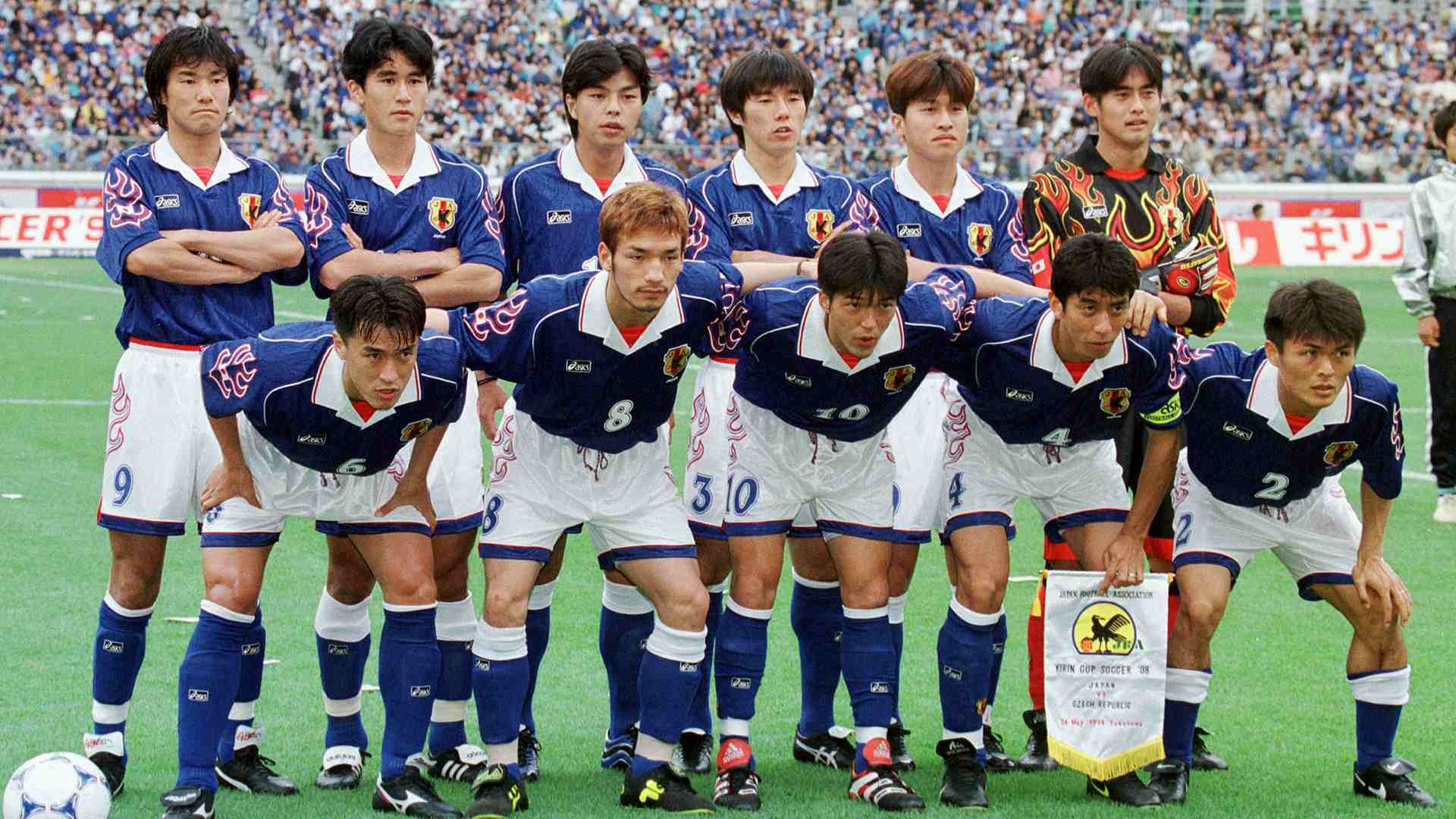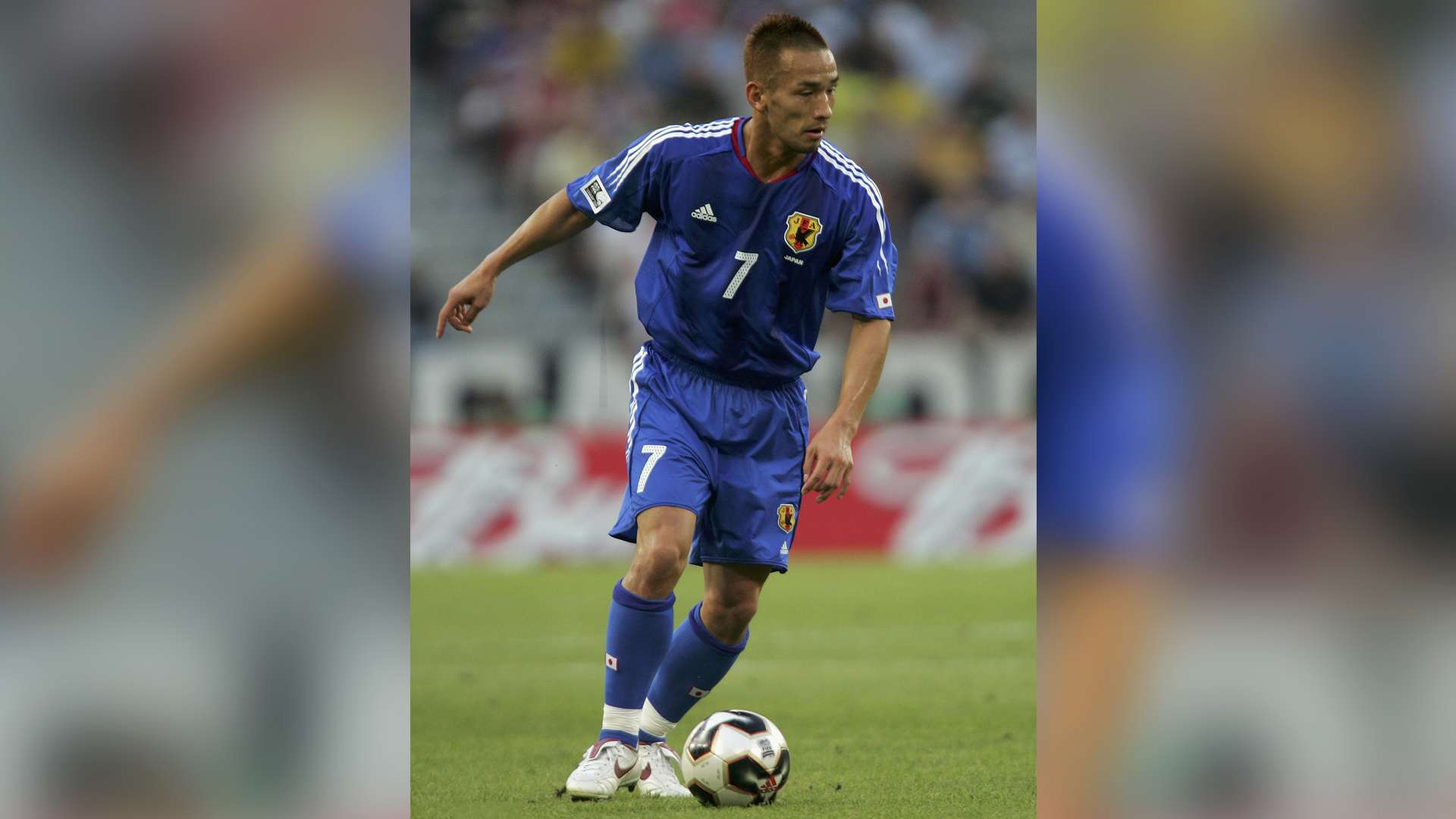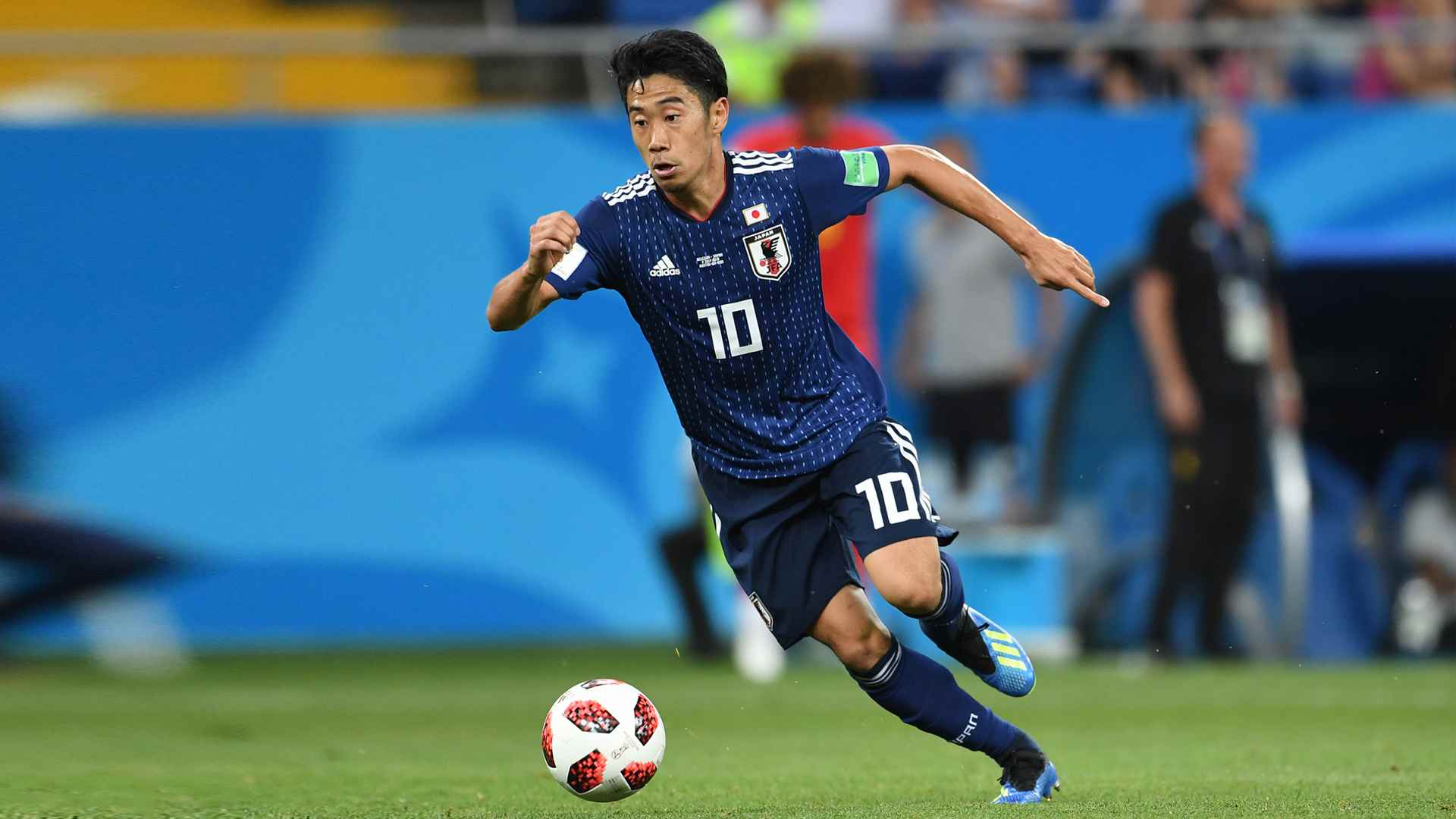
Football
21:13, 05-Jul-2018
Japan on right path despite World Cup loss
Updated
20:18, 08-Jul-2018
Li Xiang

Japan earned respect and praise around the world after a 2-3 defeat against Belgium on Monday in the round of 16 at the 2018 FIFA World Cup in Russia. The team was able to compete with one of the best teams around, rising to such a position only a bit over two decades after they put effort into making their team great with their “100 year vision” for football.
In his article for These Football Times, George Pitts talks about the development of Japanese football. In 1991, the country’s football was basically at the bottom as their top league was filled with amateur players. The Japan Football Association (JFA) knew then that it was time to act.
In 1993, the Japan Professional Football League (J. League) was born. Back then, JFA had two major goals: one was to build a successful, sustainable football league that could make their people proud; the other was to win the trophy of the FIFA World Cup before 2092. This came to be known as the 100-year vision.

Japan made their FIFA World Cup debut in 1998 in France. /VCG Photo
Japan made their FIFA World Cup debut in 1998 in France. /VCG Photo
Before J. League, Japan did not even make it into the world’s top 40 football ranking. Owners of the country’s clubs worked hard to attract famous players to join, and they succeeded. Multiple stars, including Brazil’s Zico, Dunga and England’s Gary Lineker, who were over the hill, came to Japan and started to play in J. League.
In three years, Japan rose to No. 21 in the global rankings and even defeated Brazil 1-0 that had Ronaldo and Rivaldo at the 1996 Summer Olympic Games in Atlanta, US. In 1997, Japan ranked No.14 on the list, the highest ranking ever for the country’s football team. However, the Asian financial crisis that year almost ruined the success as sponsors stopped investing and left many clubs on the edge of bankruptcy.
Having learnt their lesson, JFA started to encourage the clubs to reach out to communities and seek cooperation with small and medium enterprises as well as grassroots football schools. Such policies spread football to the younger generation and brought new blood to the sport.

Hidetoshi Nakata, legend in Japanese football /VCG Photo
Hidetoshi Nakata, legend in Japanese football /VCG Photo
Meanwhile, JFA also set up J. League Division 2 (J2 League) as a supplement to the country’s professional football league. Back then, J. League had 16 teams while J2 League had 10. The two numbers rose to 18 and 22 today, an increase of 22 in total.
Japan’s national football team did not fall behind either. Besides competing in all FIFA World Cups since 1998, they also proved their strength in the Final of the 2013 FIFA Confederations Cup with a 3-4 match against Italy. Many players from that team have since become cornerstones of Japan's national side.
14 of the 23 players on the Japanese team at the World Cup in Russia play for clubs that are not from Asia. Most of them are playing at top football leagues in Europe. For example, Shinji Kagawa joined Bundesliga’s Dortmund in 2010 and helped the club win two consecutive Bundesliga champions and one DFB-Pokal title as one of the key players.

Shiji Kagawa, one of Japan's key players for the 2018 FIFA World Cup in Russia /VCG Photo
Shiji Kagawa, one of Japan's key players for the 2018 FIFA World Cup in Russia /VCG Photo
It’s still too far to see if Japan will realize their goal of taking the World Cup trophy before 2092, but they are surely making steady progress as more and more U18 players join European clubs, with some of them among the top. Now the question for Japan in the world’s top-class football tournament has become “How far will they go this time?”

SITEMAP
Copyright © 2018 CGTN. Beijing ICP prepared NO.16065310-3
Copyright © 2018 CGTN. Beijing ICP prepared NO.16065310-3